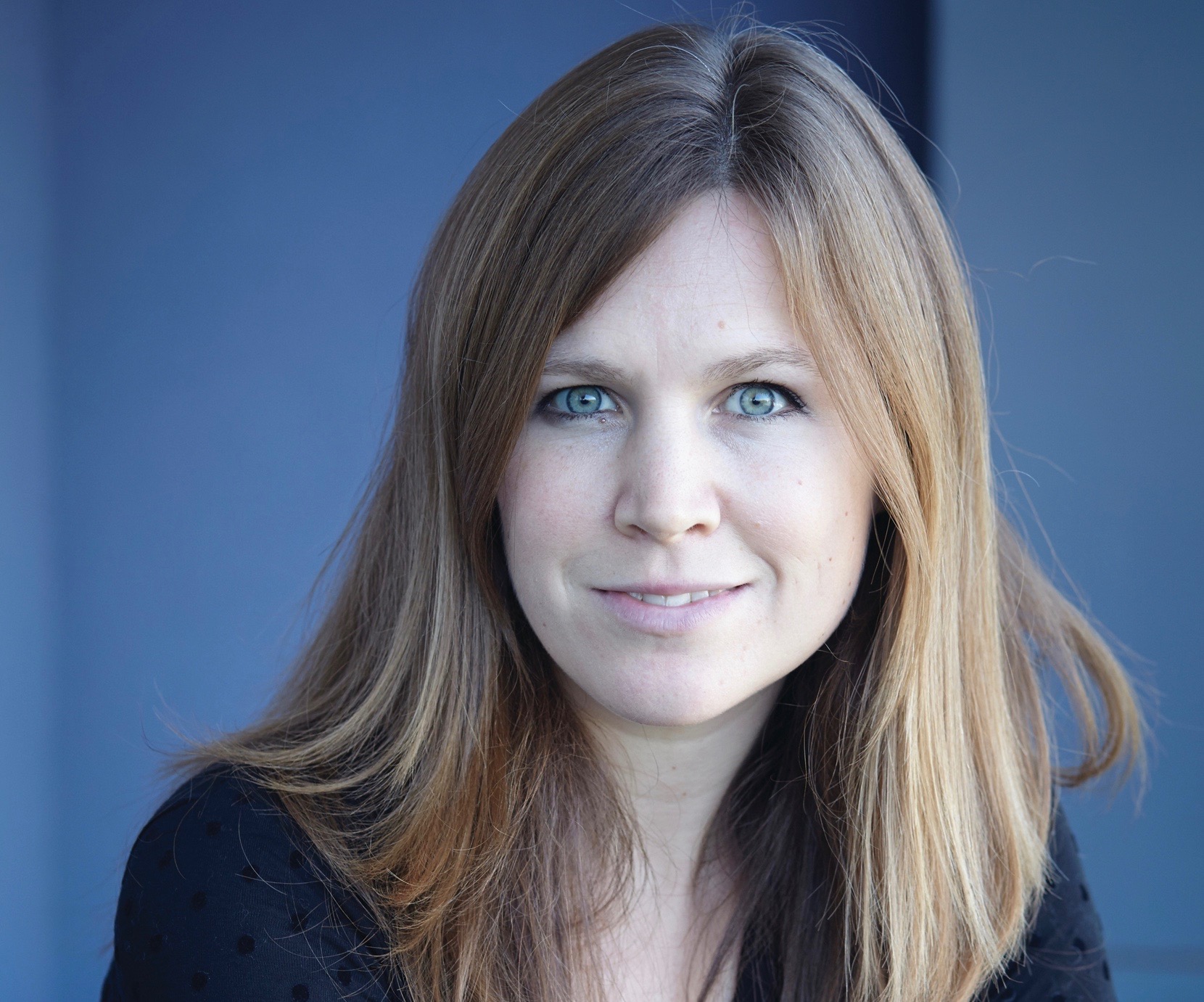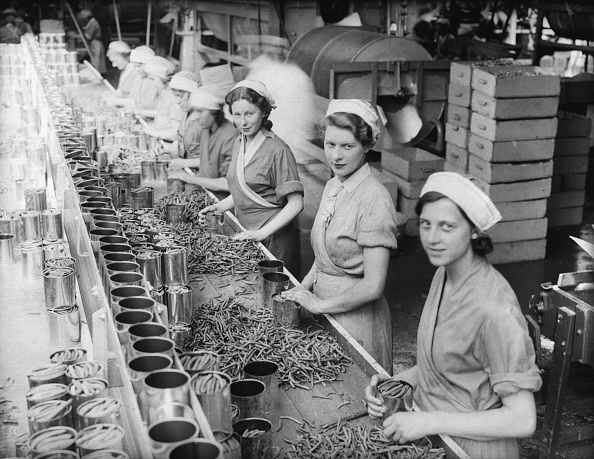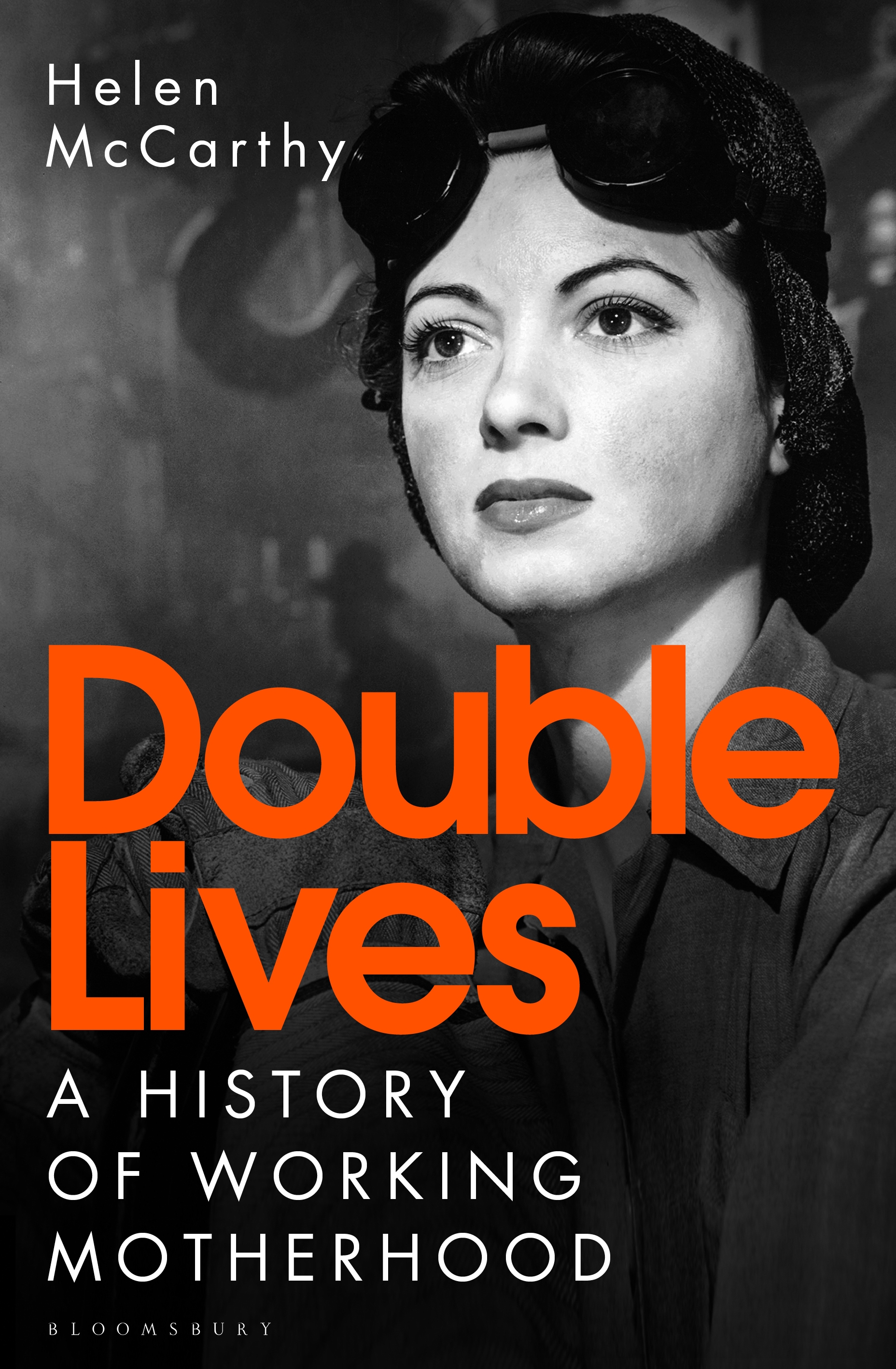What the history of working motherhood can teach us during a global pandemic
“It is a story of transformation for mothers but it’s a story of continuity for fathers”
The coronavirus pandemic has turned the world of home and work upside down, blurring the lines between the workplace and family life. And although we are living through extraordinary times, a groundbreaking new book by St John’s College historian Dr Helen McCarthy reveals home and work life challenges are nothing new for mothers.
With the world in lockdown, parents everywhere have been catapulted into juggling childcare, schooling, household chores and working from home. Many people have been furloughed or lost their jobs, while others have found themselves in key worker roles, treating and caring for the sick, or keeping the UK running.
“It’s an extraordinary moment because we have had the mass withdrawal of state-subsidised care of children, with the shutting of schools and most nurseries, and most childminders and nannies not working,” said Dr McCarthy, Fellow and College Lecturer in Modern British History at St John’s College, Cambridge. Her latest book, Double Lives: A History of Working Motherhood, has just been published by Bloomsbury.

“The shift to working from home could go either way. It could be positive for parents working in companies where there had been resistance to home working in the past. Those companies are now being forced to embrace it, and if those new working practices bed down, that could give parents extra flexibility in the future.
“But I think there is also anecdotal evidence being collected by The Fawcett Society, The Women’s Budget Group, and other feminist pressure groups that women are more likely to be taking unpaid leave from their jobs or being furloughed to look after children. Because we still have a gender pay gap of over 12 per cent, if you have a couple household where someone needs to step back and someone needs to prioritise their earning, it’s often going to be the mother who steps back.”
Another important aspect of the Covid-19 crisis, Dr McCarthy pointed out, is that a large proportion of key workers are women, doing jobs not amenable to working from home. How this will work out for gender equality is hard to predict.
In Double Lives, Dr McCarthy examines the lived experiences of working mothers over the past 150 years against the backdrop of how they have been perceived in society.
While feminist historians have been examining women’s lives for decades, Dr McCarthy was struck by the absence of a sweeping social and cultural history of working motherhood which brought the story right up to the present day. She wanted to look at the lives of mothers who worked for pay across different social classes, occupations, regions and ethnicities.
The Second World War is often thought to be the great transformative period in women’s working lives, along with the 1970s, the decade of radical feminism. In fact, the 1950s and 1960s were a turning point. Families were getting smaller and women’s health was improving thanks to the creation of the NHS and a booming economy with full employment meant there were lots of jobs for women.
Dr McCarthy explained: “It’s also a moment where mothers had greater incentive to go out to work because a second income allowed families to participate in the consumer society of the 1950s.
“It was seen as a good thing for them to get a little part-time job, to bring a little money into the family. It gave them a break from housework and a little slice of financial independence. That was increasingly becoming a fairly common experience and the somewhat aspirational face of motherhood.”
This mainly applied to white, British-born middle-class housewives, aged in their late thirties and early forties, with older children. It was different for migrant women who came to Britain after the war as Commonwealth citizens.
“Women from the Caribbean were almost certainly working full-time, they were sending money back to children and extended kin. Similarly, South Asian women’s employment was shaped by different cultural norms, there were often language barriers, a lot of them were doing home-working but it was often Victorian style, making clothes or sewing curtains for very low piece rates,” said Dr McCarthy.
Other findings were completely unexpected, such as the evidence she uncovered of poor women in the late 19th century talking about their paid work as something they enjoyed and took pride in, rather than purely for subsistence. “Paid work holds a whole gamut of meanings and has emotional experiences attached to it. I was surprised to find really quite poor working class women expressing and articulating that. It becomes much more common for mothers to talk about paid work in terms of self-fulfillment, psychological needs or ambition in the later 20th century, but you see glimmers of it at the beginning of the period.”

The Mass Observation Archive, commissioned by the Government during the Second World War to research public morale, was a particularly rich source for Dr McCarthy as she uncovered the voices of women. Running until the 1950s, and revived in the 1980s, up to 1,000 people were on its panel, answering questions about their work and leisure time and keeping a daily diary. Dr McCarthy also made heavy use of a directive in 2014 asking people about their experiences of combining parenting and work, which showed society has moved in the right direction in many ways, but there is still much work to be done.
Even today, she said, mothers have to “strike a bargain” to be accepted in the workplace. “In order to gain that social acceptance, they take on a life of stress and that means that working mothers are shouldering primary responsibility for organising childcare, negotiating flexible hours with their employers, doing housework, and doing the kind of emotional labour that keeps the household running, that maintains it as a place of security for children and for husbands. And I don’t think any of that unpaid labour has really diminished very much,” said Dr McCarthy.
“It is a story of transformation for mothers but it’s a story of continuity for fathers. Although by the end of the 20th century there is an upswing in flexible working and part-time working among men, it’s really very, very small. There is still an assumption that fathers are in or looking for full-time work and the cultural transformation around fatherhood is progressing very, very slowly. That’s one of the areas where we really need to create change as a society.”
As a mother working from home during the pandemic with two young daughters herself, Dr McCarthy’s book has been published at a peculiarly unique time. Her motivation to write it partly stemmed from becoming a mother. “The subject would not have come to me if I hadn’t been curious about the pleasures, the pressures, the challenges, the stresses, the transformation that has taken place in my life since having children. I wanted to situate that in time, locate it in history and think about the forces that have created the world in which I live my life as a working mother. I wanted to ask: how have those worlds been different for women in the past?”
Social scientists are no doubt already recording the effects of lockdown on our domestic and working lives. For working mothers, it is another chapter in their story.
• Double Lives: A History of Working Motherhood is published in hardback and ebook by Bloomsbury.

Published: 01/05/2020